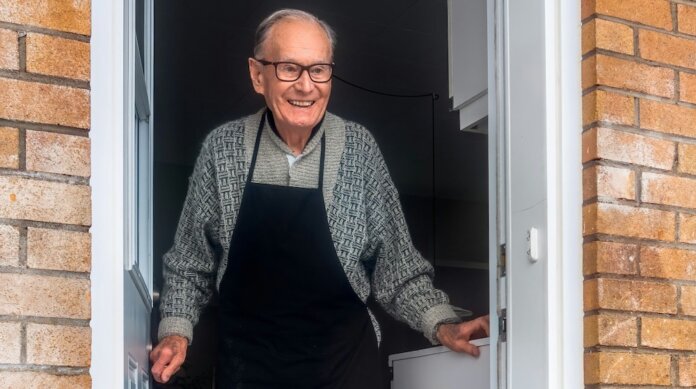As Baby Boomers age out of their homes, will it help create enough inventory to boost the housing market?
As per a recent report from Zillow, it all depends on the specific housing market.
The report finds that even though many Baby Boomers will soon be aging out of their homes, the resulting boost to housing inventory will be mostly concentrated in markets where there is less demand.
So, as a result, the increase in inventory from a “silver tsunami” might not help that much.
“Even if we did see a ‘silver tsunami,’ a look at the map tells me it wouldn’t really move the needle in terms of solving our housing affordability crunch,” says Orphe Divounguy, senior economist for Zillow, in a statement. “These empty-nest households are concentrated in more affordable markets, where housing is already more accessible — not in the expensive coastal job centers where young workers are moving and where more homes are most desperately needed.”
In 2022, there were roughly 20.9 million empty-nest households nationwide — residents ages 55 or older who have lived in the same home for 10 or more years, have no children at home and have at least two extra bedrooms.
That’s compared to the 8.1 million families living with non-relatives in 2022 that were likely in need of their own place.
But the supply and the demand don’t match up on the map. Empty-nest households are not where most young workers choose to live, the report finds.
Empty-nest households tend to be in markets that are less expensive. Among the 50 largest U.S. metros, Pittsburgh had the highest share of empty-nest households at 22%, followed by Buffalo (20%), Cleveland (20%), Detroit (19%), St. Louis (19%) and New Orleans (18%).
These markets are already accessible — all but New Orleans are among the top 10 markets with homes on the market that are affordable. They also have relatively low shares of heads of households younger than age 44.
On the other hand, metros with some of the largest shares of millennials and Gen Zers moving in are among the nation’s most expensive. Markets where the largest share of recently moved households with members 44 and younger are San Jose (35%), Austin (32%) and Denver (32%). Seattle and Portland are also among the top 10, each with 30%. Housing affordability in these metros is far more challenging than at the national level, and all of them have a smaller share of empty-nest households than the national average.
As a result, the impact of a future increase in supply coming from the existing housing stock owned by older individuals would likely have a smaller impact on affordability in expensive, high-demand coastal markets, Zillow says in its report.
Rather, the primary fix for affordability challenges remains a strong supply expansion coming from newly built homes. Zillow research shows that housing shortages were the most severe in markets with more land-use restrictions. Along with promoting denser construction, removing barriers to homeownership that aren’t related to monthly income — such as credit assistance programs, down payment assistance or help with closing costs — would likely improve access to homeownership.
Photo: Andre Ouellet










